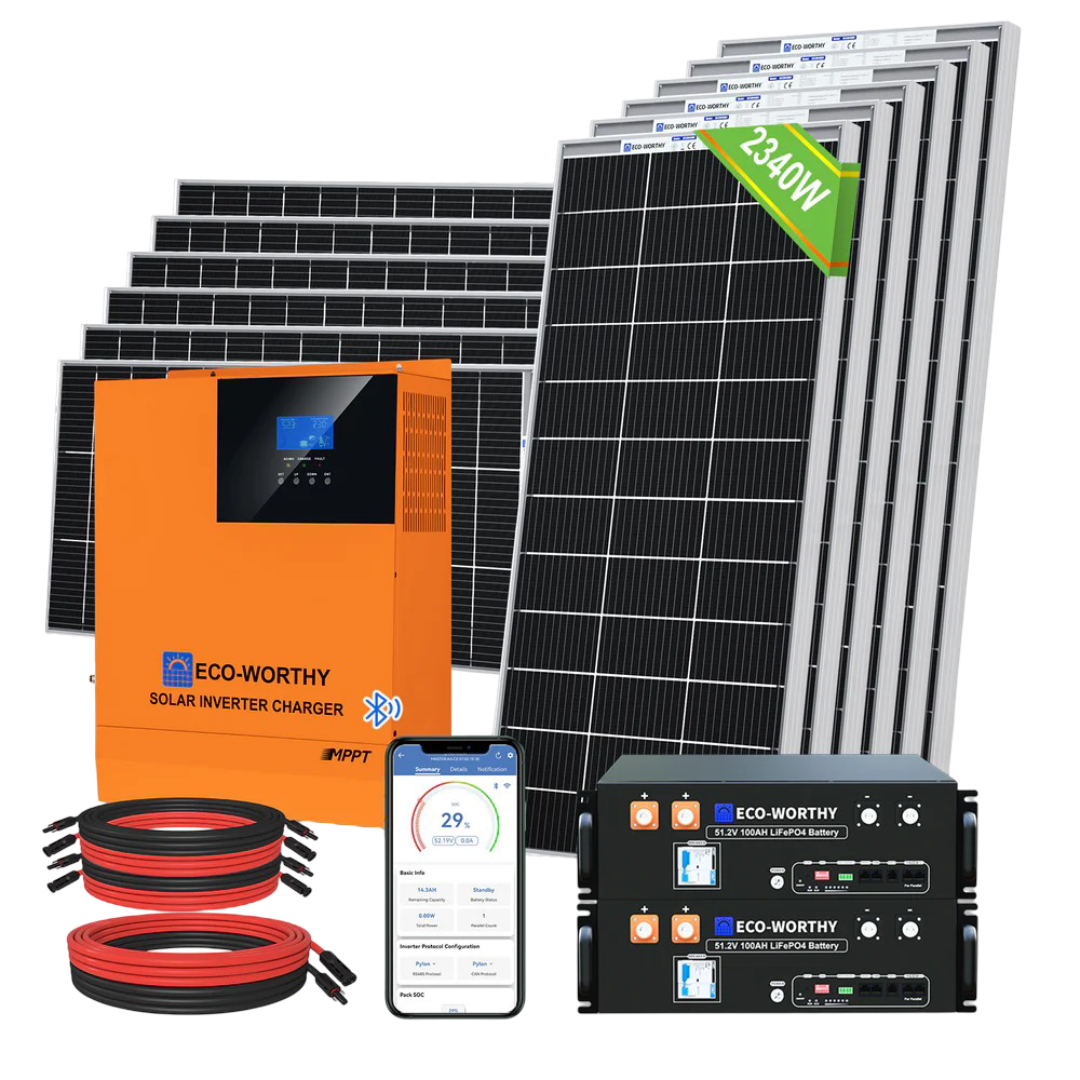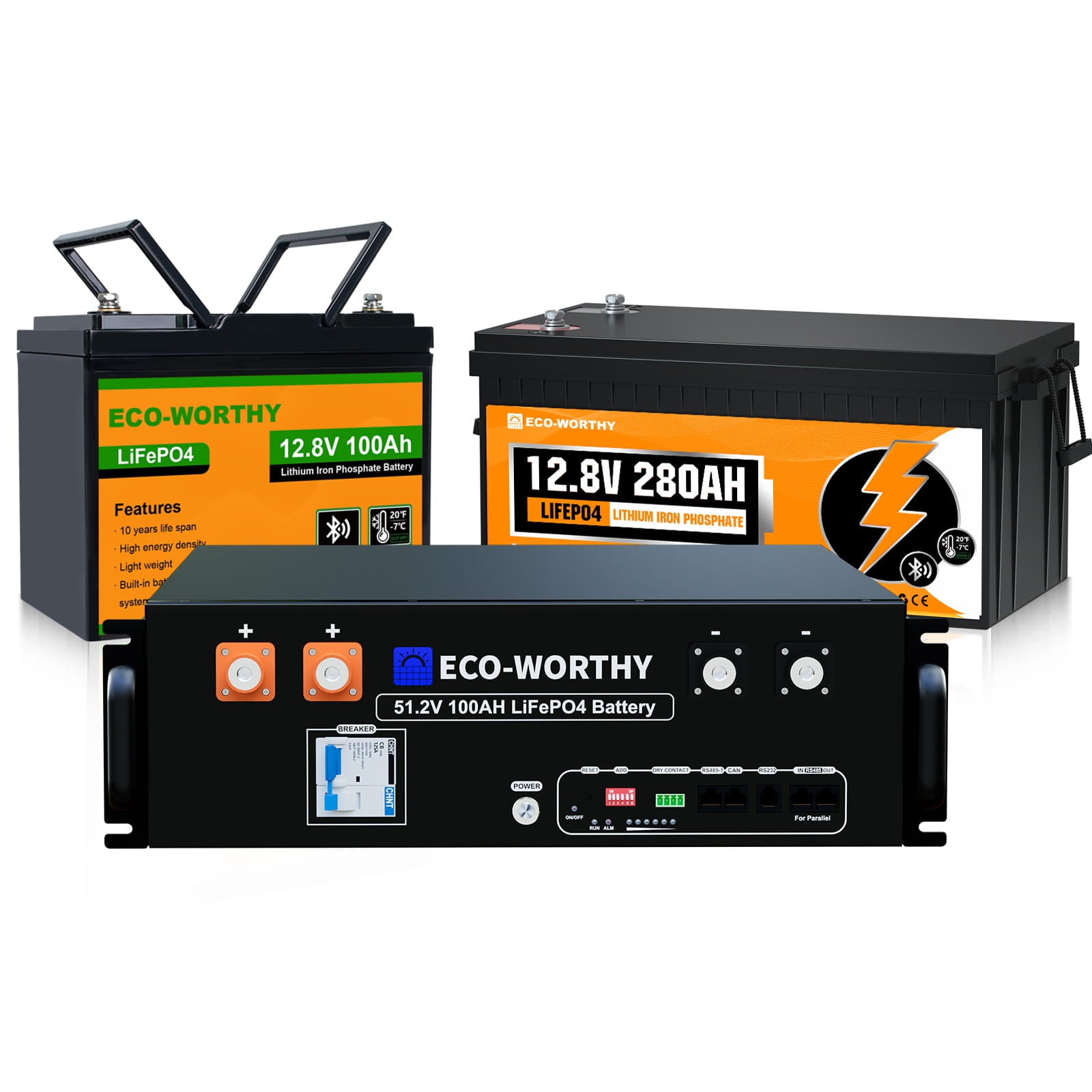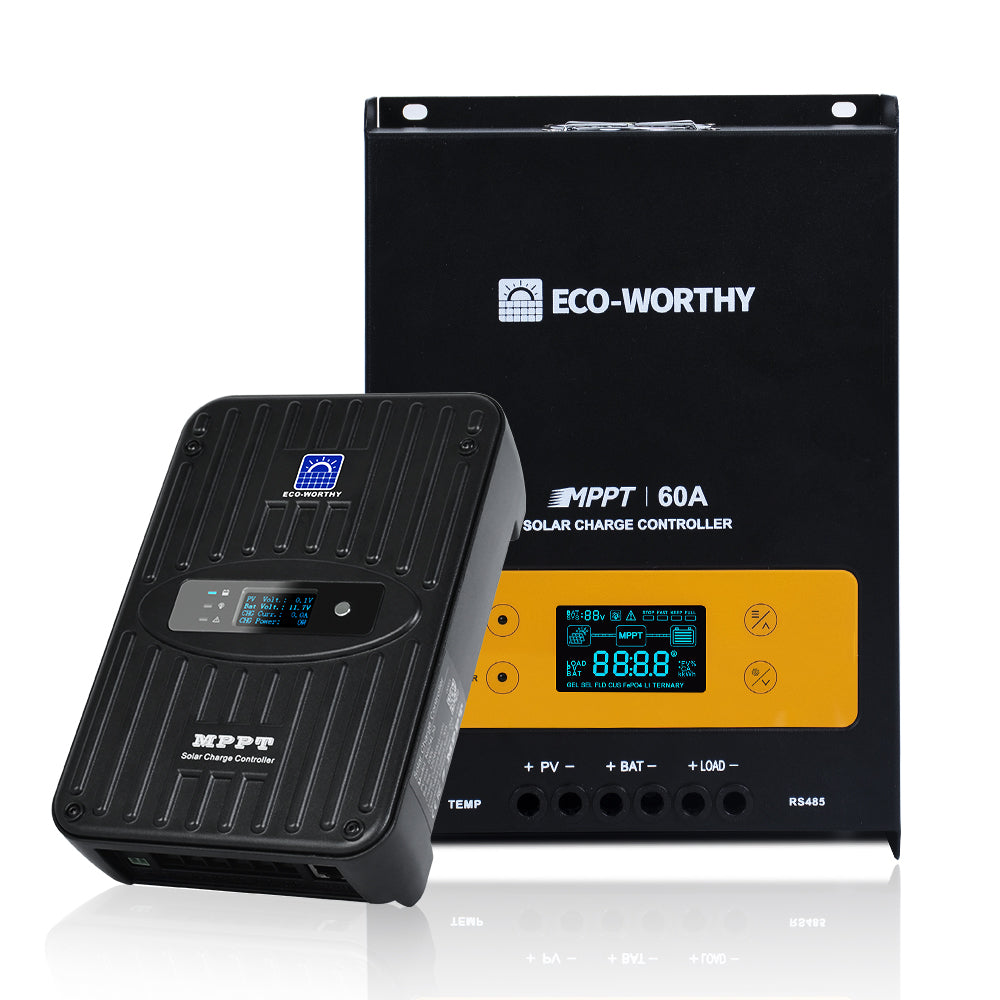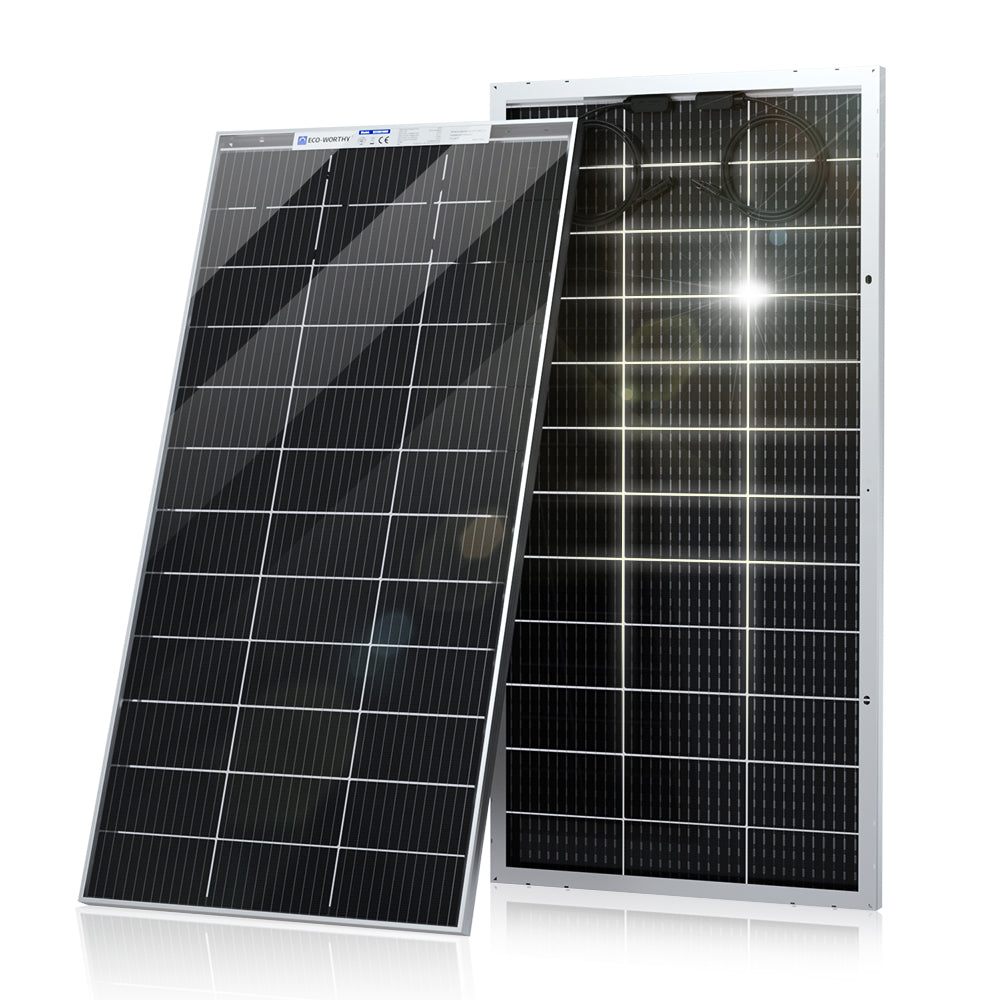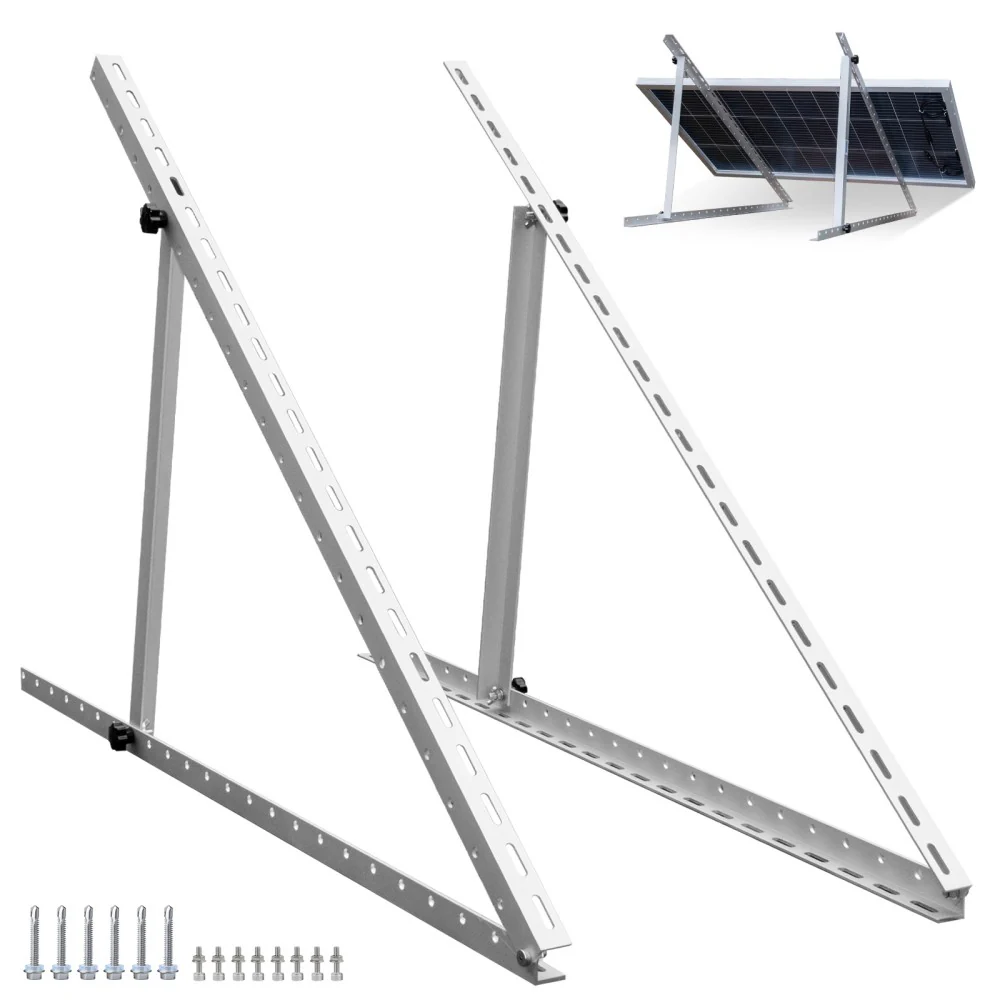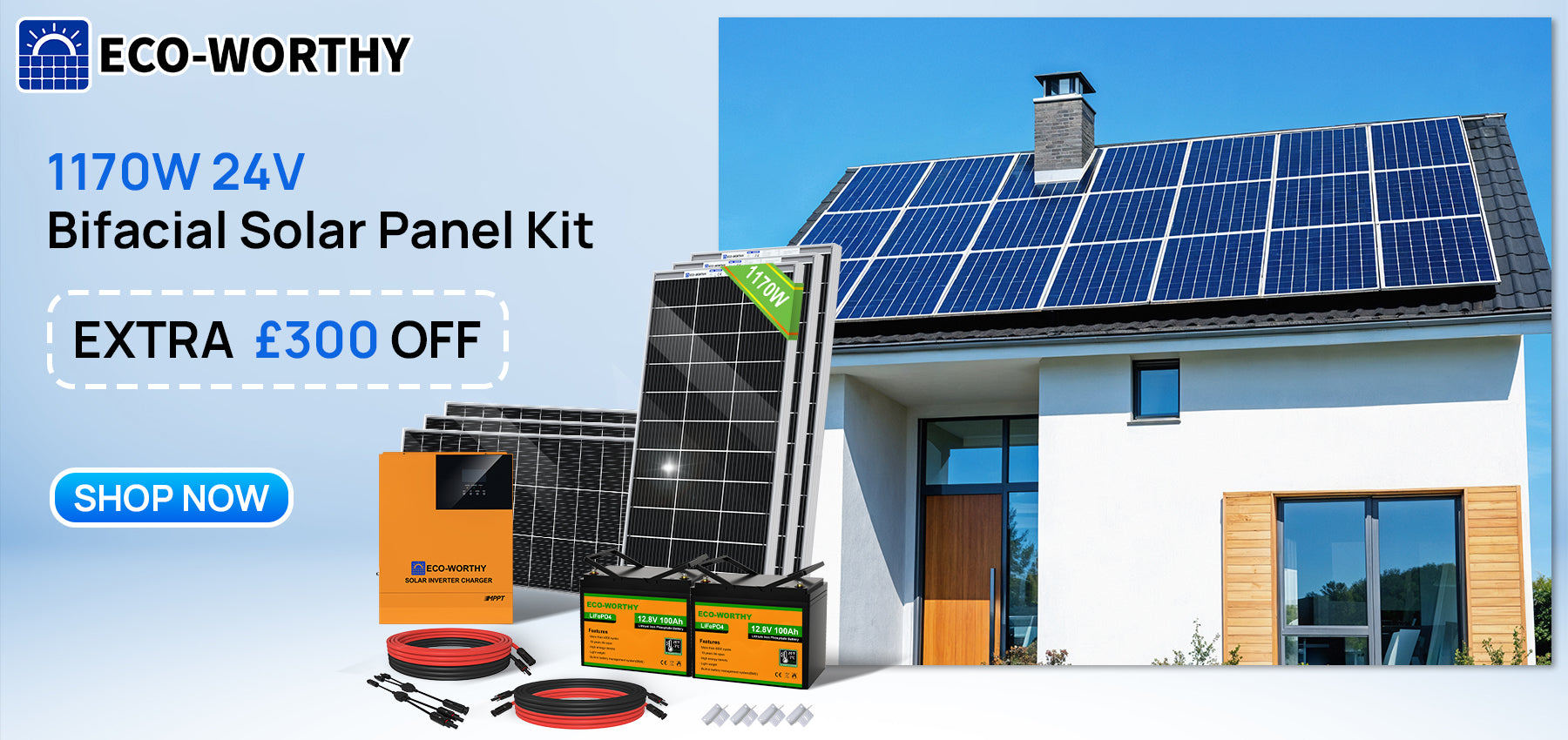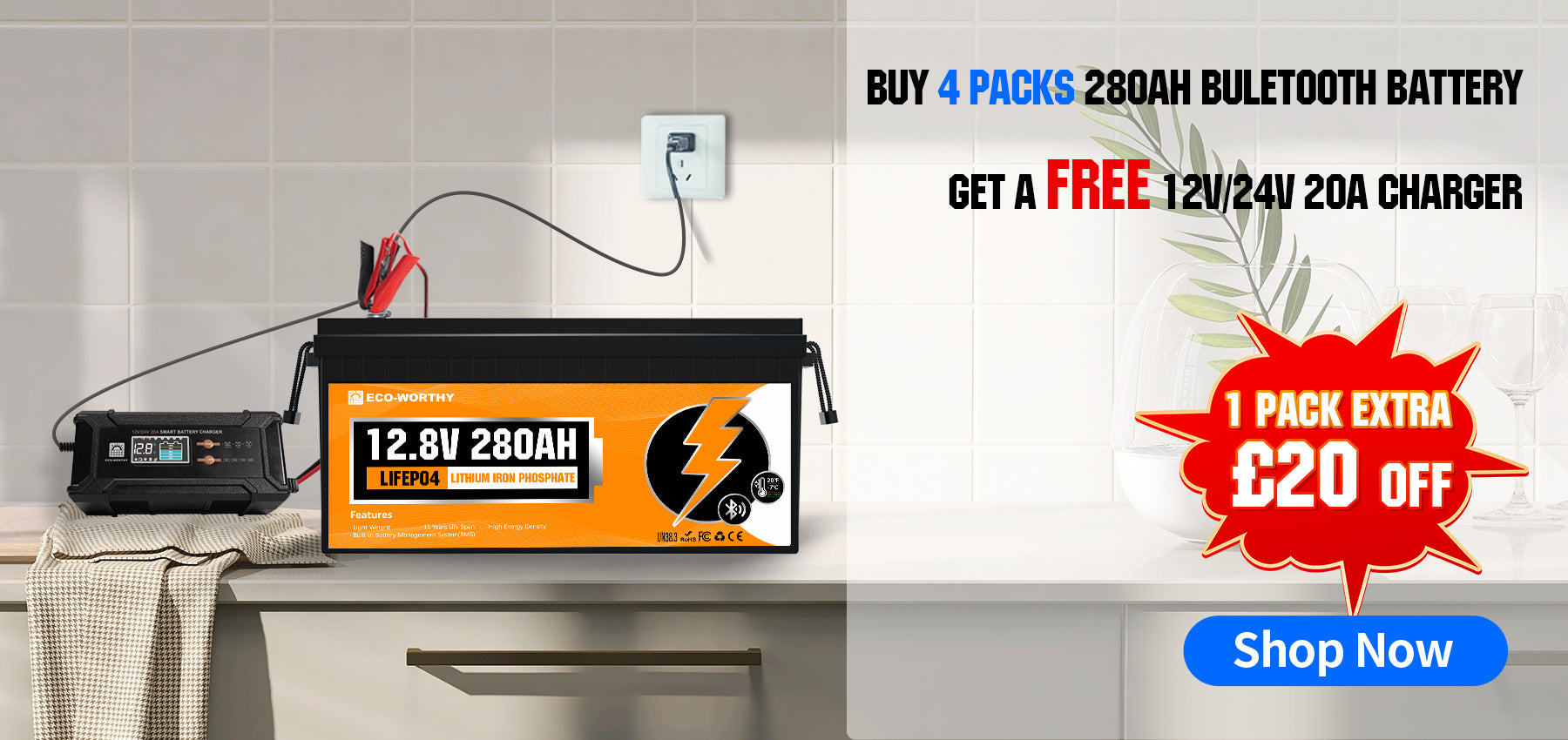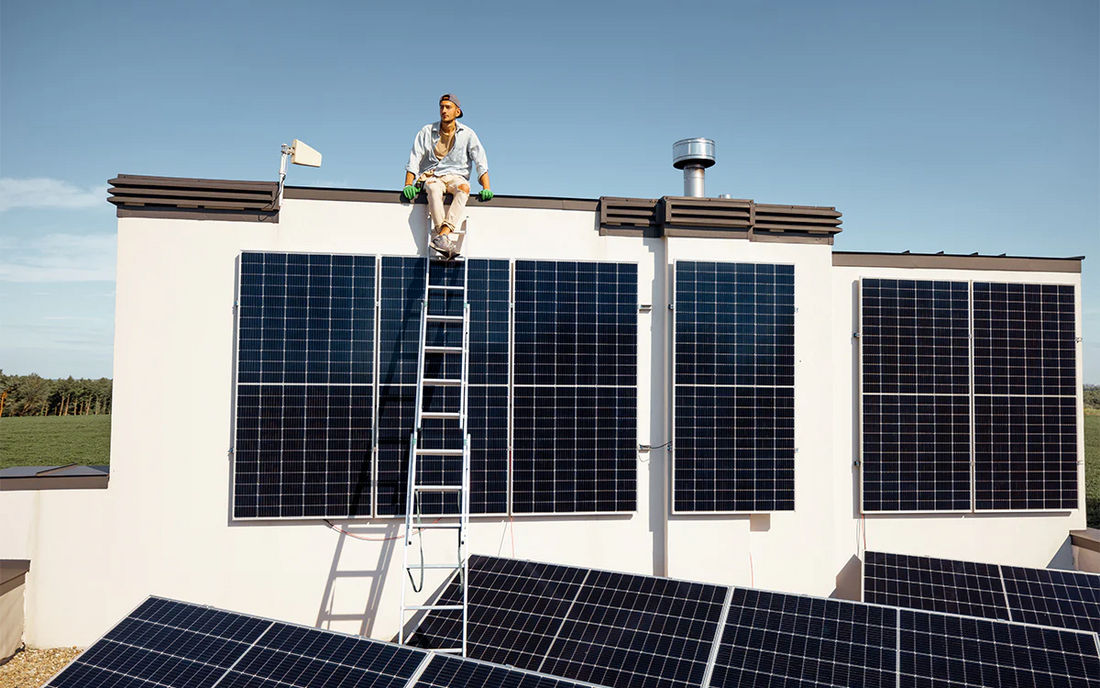It takes careful preparation to use solar power for an off-grid residence. Several factors determine how many panels you need. You can determine how much energy you need by using this method. Everything from evaluating your power usage to taking into account the number of hours of sunlight at your location will be covered. With this knowledge, you can install a solar system that will suffice for your off-grid dwelling.
Basics of Off-Grid Solar Power Systems
Homes can have independent energy without connecting to the electrical grid thanks to off-grid solar power systems. These systems function in a certain way and have multiple essential components.
Main Components
- Solar Panels: These collect sunlight and turn it into electricity.
- Battery Storage: Batteries keep extra energy for use at night or on cloudy days.
- Charge Controller: This device manages the electricity flow from panels to batteries, which protects the batteries.
- Inverter: It changes the type of electricity from what the panels make to what home appliances use.
How It Works
Solar panels generate power by absorbing sunlight. In sunny days, they frequently produce more energy than is required. The excess power is stored in the batteries for subsequent use. This procedure is managed by the charge controller. The stored power is then modified by the inverter to enable use with electrical appliances in homes.

Six Factors That Determine How Many Solar Panels You Need
The number of panels needed for an off-grid solar system in the UK depends on a number of important criteria.
1. Daily Energy Consumption
The first place to look is the energy utilization in your home. A large house in the UK could use over 20 kWh per day, while a tiny apartment might use 5 to 8 kWh. The size of your house, the number of occupants, and the kinds of equipment you use will all affect how much you use specifically. LED lights and energy-efficient appliances can drastically cut down on your everyday usage.
2. Location in the UK
There are regional differences in solar potential. With an average of 1,800 sunshine hours per year compared to 1,500 in northern Scotland, southern England usually receives more sunlight than Scotland. Brighter skies found near the coast can increase the effectiveness of solar panels. The amount of electricity solar panels can produce year-round depends on your location.
3. Solar Panel Efficiency
Modern panels available in the UK market range in efficiency from normal (15–17%) to high (18–22%). Higher efficiency panels produce more power in the same amount of areas, but usually costing more. The trade-off between cost and efficiency is an important consideration. Although they are more expensive, some premium panels have efficiency levels that surpass 22%.
4. Seasonal Variations
The UK's weather has a significant impact on solar production. Summertime delivers longer days and greater solar output, whereas winter brings shorter days and less solar production. For example, the Manchester system may produce four times as much energy in July as it does in December. Your system should be designed to perform well even during the cloudiest months of the year, which typically means oversizing for the summer to ensure enough output for the winter.
5. Roof Characteristics
The characteristics of your roof are quite important. In the UK, south-facing roofs are desirable, with a 30–40 degree tilt being the most favorable. Roofs facing east or west can still be viable, albeit additional panels might be needed. Your system's effectiveness can be decreased by shadowing from surrounding trees or buildings, so take these things into account when planning. There is an alternative in ground-mounted systems if your roof isn't the best.

6. Future Energy Needs
Think about possible increases in your energy consumption. Having a growing family, putting in a home office, or purchasing an electric car can all increase your energy needs. For example, installing an electric vehicle could result in a 40–50% increase in electricity demand for a typical UK home. By preparing for these scenarios in advance, you can avoid the need to later extend your system, which can be more expensive than implementing a larger system from the start.
How Do I Determine How Many Solar Panels I Need to Power an Off-Grid Home?
To determine how many solar panels your UK off-grid home needs, take these steps:
Step 1: Calculate Your Daily Energy Use
Examine your power bills or total the energy usage of your appliances. As an illustration:
| Appliance | Daily Use (hours) | Wattage | Daily Energy (Wh) |
|---|---|---|---|
| Refrigerator | 24 | 150 | 3600 |
| Lighting (10 bulbs) | 5 | 10 | 500 |
| TV | 4 | 100 | 400 |
| Washing Machine | 1 | 500 | 500 |
| Kettle | 0.5 | 2000 | 1000 |
| Total | 6000 Wh (6 kWh) |
Add up all your appliances to get your total daily energy use.
Step 2: Find Your Location's Peak Sun Hours
The UK has varying levels of sunlight. Use these average annual peak sun hours:
- South England: 3-3.5 hours
- Midlands: 2.8-3.2 hours
- Northern England: 2.7-3 hours
- Scotland: 2.5-2.8 hours
For precise data, check local solar irradiance maps or consult a solar installer.
Step 3: Choose Your Solar Panel Wattage
Solar panels in the UK market can be broadly categorized into three wattage ranges:
- Below 200W
- 200W-400W
- Above 400W
Choose based on your available space, budget, and energy needs. The main differences between these categories are in their physical size and weight.
Step 4: Calculate the Number of Panels
Use this formula:
(Daily energy use in Wh) ÷ (Peak sun hours × Panel wattage) = Number of panels
Example:
- Daily use: 6000 Wh
- Location: South England (3.2 peak sun hours)
- Panel wattage: 330W
Step 5: Add a Safety Margin
For off-grid systems in the UK, add 25-30% more panels to account for:
- Cloudy days and winter months
- Battery charging inefficiencies
- System losses
6 panels + 30% = 8 panels
In this example, an off-grid home in South England would need 8 solar panels rated at 330W each.
Step 6: Consider Future Needs
Plan for potential increases in energy use:
- Family growth
- New appliances
- Electric vehicle charging
Add 1-2 extra panels if you anticipate increased energy needs.
This calculation provides an estimate. Consult a professional solar installer for a precise assessment tailored to your specific situation, roof orientation, and local climate conditions in your area of the UK.
Cost of an Off-Grid Solar System in the UK
An off-grid solar system for a typical UK household with moderate energy consumption usually costs between £10,000 and £20,000. Here's a breakdown of the main components:
| Component | Cost Range | Notes |
|---|---|---|
| Solar Panels | £1,000 - £2,000 | For a 5kW system (about 20 panels at £50-£100 each) |
| LiFePO4 Battery Storage | £3,000 - £6,000 | 10-15kWh capacity, essential for off-grid systems |
| Inverter and Charge Controller | £1,000 - £1,900 | Inverter: £800-£1,500, Charge Controller: £200-£400 |
| Installation and Labour | £1,500 - £3,000 | Varies based on system complexity and local rates |
| Backup Generator (Optional) | £1,000 - £2,500 | Provides power security during extended low-sunlight periods |
| Miscellaneous Components | £1,000 - £1,500 | Includes wiring, mounting equipment, and other necessities |
Total Estimated Cost: £10,000 - £20,000
Note: These numbers are approximations and may change depending on your region, the quality of the equipment you choose, and your unique energy consumption. Getting quotations from several licensed installers is always a good idea if you want precise pricing for your specific needs.
Conclusion
In order to become energy independent, installing an off-grid solar system in your UK house is a significant step. You can design a system that works for you if you know what your power requirements are and what your local sunshine circumstances are. Even while it initially costs between £10,000 and £20,000, you will eventually save money on energy expenses. Don't forget to consult solar specialists and make plans for your future energy consumption. You may live in a grid-free, solar-powered home with careful planning.

